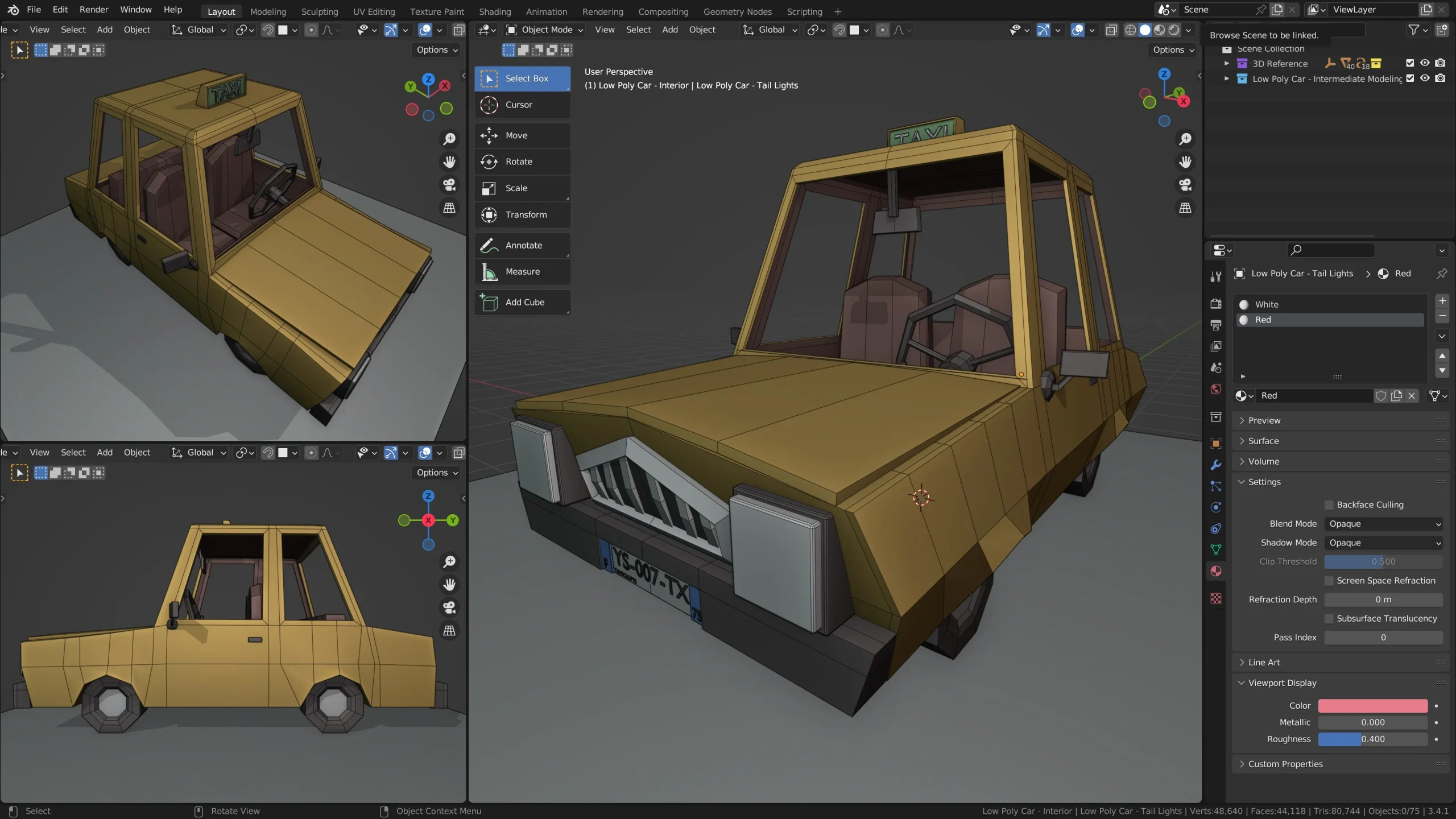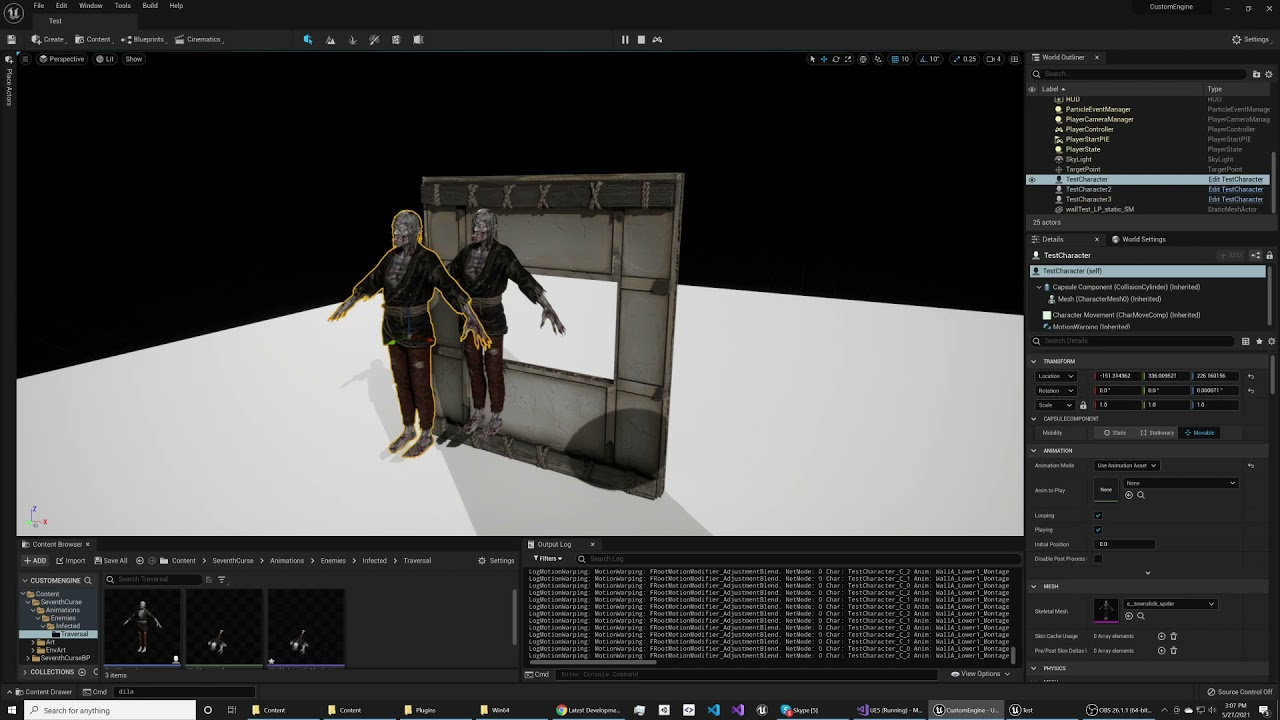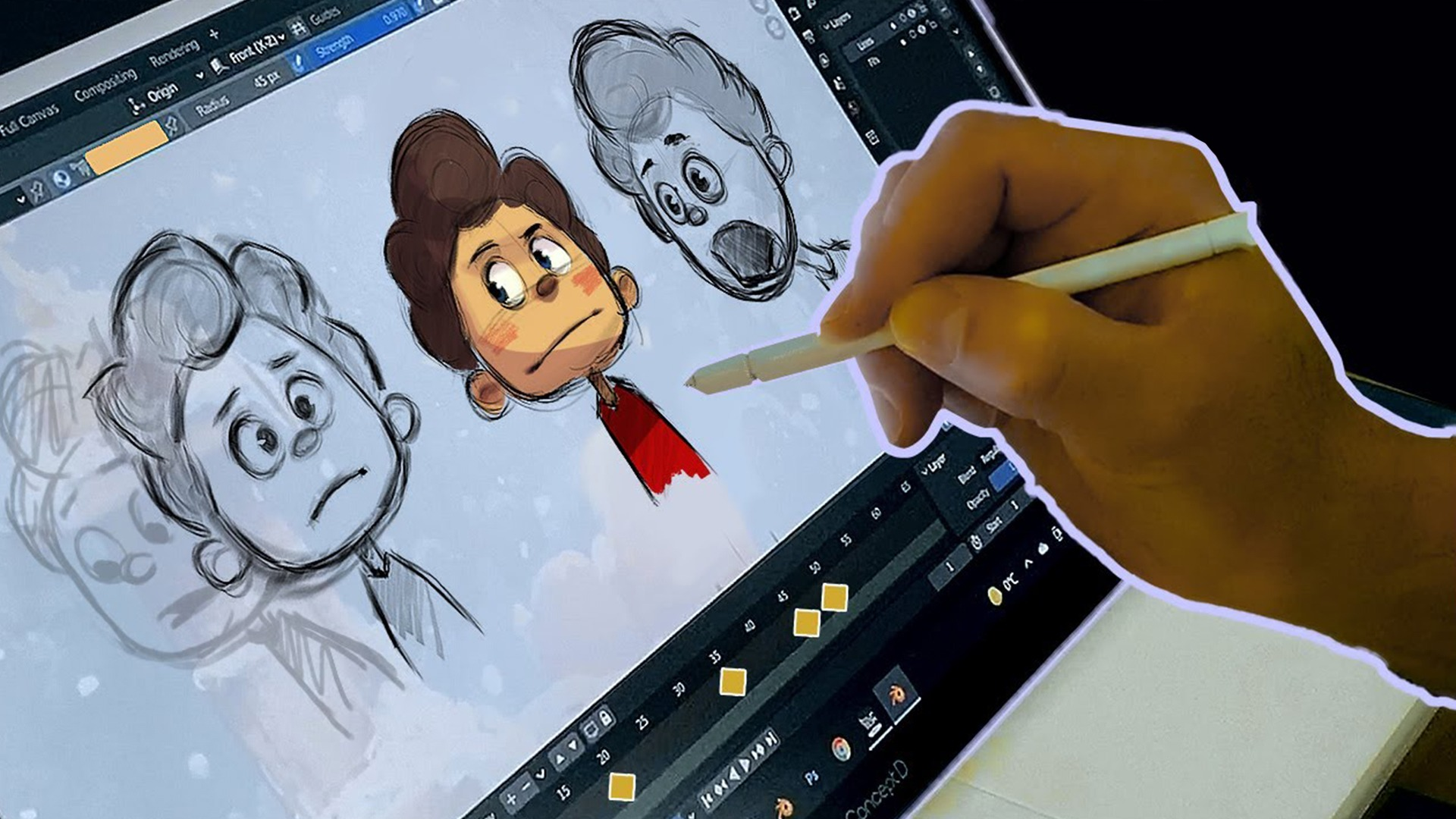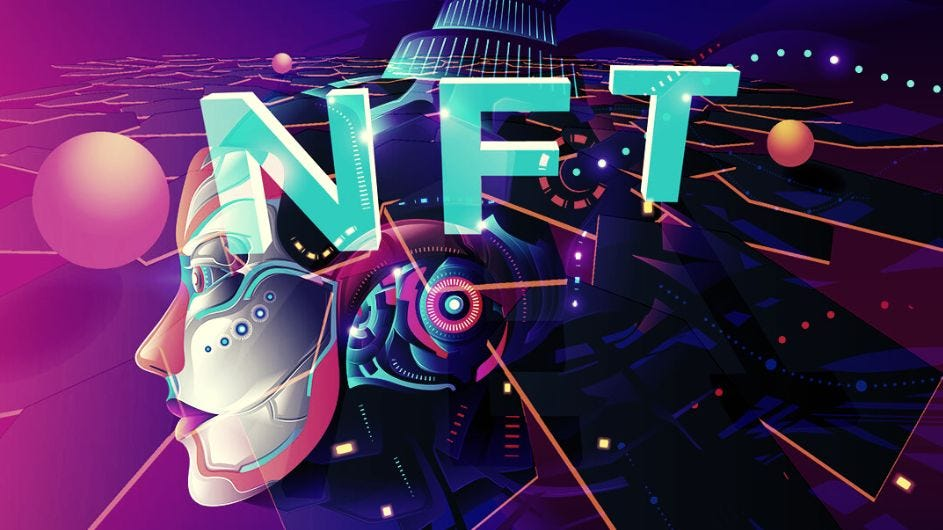scrapfellow.com – 3D modeling is the process of creating a three-dimensional representation of an object using specialized software. It involves manipulating points, edges, and polygons to build a digital structure that can be used in various industries, including gaming, film, architecture, and product design.
History and Evolution
3D modeling has its roots in the 1960s when early computer graphics research laid the foundation for digital three-dimensional representations. Over the decades, advancements in computing power and software have made 3D modeling more accessible and widely used across multiple fields.
Types of 3D Modeling
There are several approaches to 3D modeling, including:
- Polygonal Modeling: The most common method, where objects are created using vertices, edges, and faces.
- NURBS Modeling: Uses mathematical curves to create smooth and precise surfaces, often used in industrial and automotive design.
- Sculpting: A digital sculpting technique that allows artists to manipulate models like virtual clay, commonly used for character design.
- Procedural Modeling: Involves using algorithms and rules to generate complex models, often used in large-scale environments and landscapes.
Popular 3D Modeling Software
Several software programs cater to different skill levels and industry needs, including:
- Blender: Free and open-source, great for beginners and professionals.
- Autodesk Maya: Widely used in animation and film production.
- 3ds Max: Popular in the gaming industry and architectural visualization.
- ZBrush: Best for digital sculpting and character modeling.
- Cinema 4D: Known for its user-friendly interface and motion graphics capabilities.
Applications of 3D Modeling
3D modeling is used in various industries, such as:
- Video Games: Creating characters, environments, and assets.
- Film & Animation: Special effects, animated movies, and CGI.
- Architecture & Interior Design: Visualizing buildings and interiors before construction.
- Product Design: Prototyping and visualization of consumer products.
- Medical & Scientific Visualization: Creating detailed anatomical models for education and research.
Getting Started with 3D Modeling
If you’re interested in learning 3D modeling, here are some steps to begin:
- Choose a Software: Start with beginner-friendly tools like Blender.
- Learn the Basics: Understand navigation, modeling techniques, and interface tools.
- Follow Tutorials: Online courses and YouTube tutorials can help you grasp concepts quickly.
- Practice Regularly: Experiment with different modeling styles and create simple projects.
- Join a Community: Engage with online forums and groups for feedback and support.
Conclusion
3D modeling is a powerful and creative skill that opens doors to numerous industries. Whether you’re interested in animation, gaming, architecture, or product design, mastering 3D modeling can help bring your ideas to life. With practice and dedication, anyone can develop their skills and create stunning 3D models.





